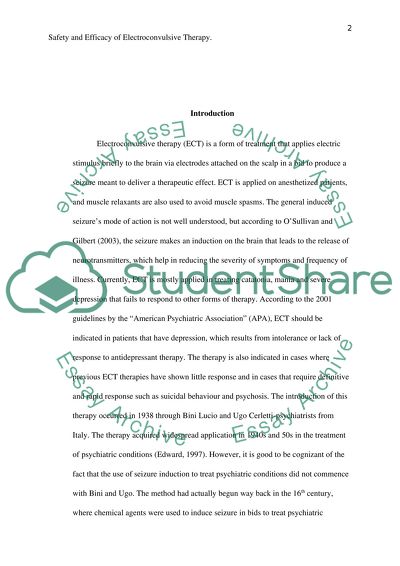Cite this document
(“Safety and Efficacy of Electroconvulsive Therapy Essay”, n.d.)
Retrieved from https://studentshare.org/psychology/1448907-critically-discuss-the-argument-which-fink
Retrieved from https://studentshare.org/psychology/1448907-critically-discuss-the-argument-which-fink
(Safety and Efficacy of Electroconvulsive Therapy Essay)
https://studentshare.org/psychology/1448907-critically-discuss-the-argument-which-fink.
https://studentshare.org/psychology/1448907-critically-discuss-the-argument-which-fink.
“Safety and Efficacy of Electroconvulsive Therapy Essay”, n.d. https://studentshare.org/psychology/1448907-critically-discuss-the-argument-which-fink.


